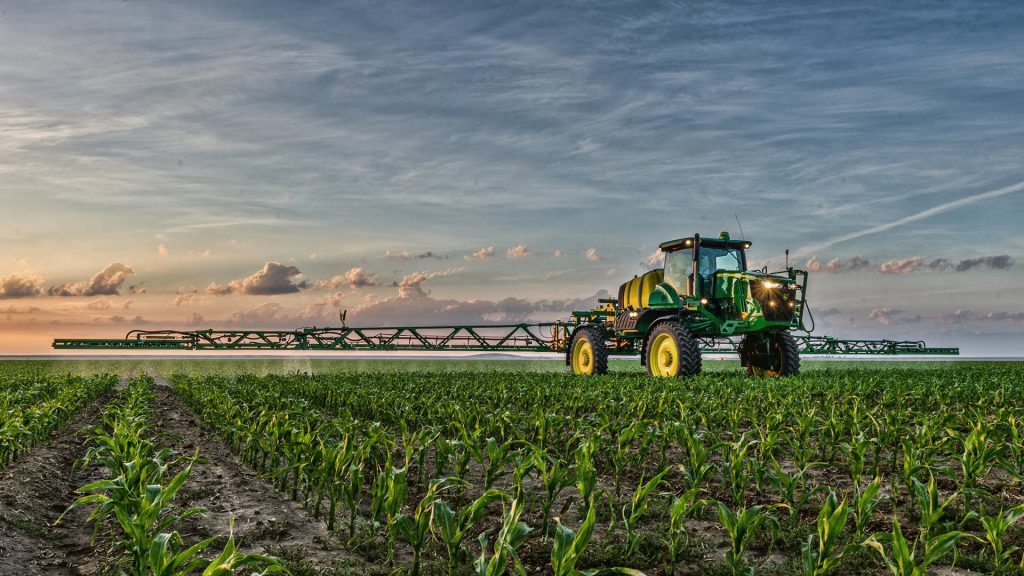As the global population continues to increase, the agriculture sector is faced with arguably the most significant challenge to human prosperity: How to produce more food utilizing a finite set of resources while reducing impacts to the environment. Innovation and intensification will be required if current consumption rates are to be maintained. Failure to improve the efficiency of our food production systems will necessitate allocating far more of our natural resources to agriculture. Continuous improvement in agriculture is especially relevant for the livestock sector because animal-based products tend to have higher environmental impacts than their plant-based counterparts. These impacts are exacerbated as the global demand for meat continues to rise. As one of the world’s largest producers agricultural commodities in the world, the U.S. has a critical role to play in reducing the sector’s environmental footprint. Life Cycle Assessment provides a useful methodology for determining elements of agricultural production that have had the greatest influence on the changes in environmental impacts over the past 50 years. This information is now being used to inform analyses of future production scenarios to determine the environmental consequences of a changing climate, shifts in consumer preferences, and technological advances in agriculture practices.
AGENDA YACHAY TECH

Sustainability in U.S. Agriculture: Past, Present, and Future

Ben Putman
As the global population continues to increase, the agriculture sector is faced with arguably the most significant challenge to human prosperity: How to produce more food utilizing a finite set of resources while reducing impacts to the environment. Innovation and intensification will be required if current consumption rates are to be maintained. Failure to improve the efficiency of our food production systems will necessitate allocating far more of our natural resources to agriculture. Continuous improvement in agriculture is especially relevant for the livestock sector because animal-based products tend to have higher environmental impacts than their plant-based counterparts. These impacts are exacerbated as the global demand for meat continues to rise. As one of the world’s largest producers agricultural commodities in the world, the U.S. has a critical role to play in reducing the sector’s environmental footprint. Life Cycle Assessment provides a useful methodology for determining elements of agricultural production that have had the greatest influence on the changes in environmental impacts over the past 50 years. This information is now being used to inform analyses of future production scenarios to determine the environmental consequences of a changing climate, shifts in consumer preferences, and technological advances in agriculture practices.